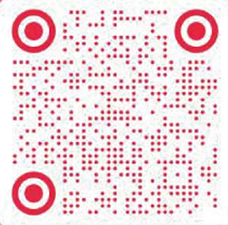Opening time:3:30pm, October 20, 2013
Duration: 2013.10.20 -- 2013.10.29
Location: 2nd floor exhibition hall of Building No.1, Today Art Museum
Lyotard has reminded us: “Perhaps the political unconscious is to be found in all artistic texts.” If we peruse Xu Lei from this angle, we will discover that his fine brush fabrications, be they ever so immersed in imaginary beauty and seemingly insulated from politics, are actually a reverse formation drawing upon ideology. The space that he encloses with drapes or screens is not an aesthetic utopia or a priori-world thrown open to our view. Rather, it is a passageway between external and internal worlds; or one could say it is a shell taht reveals a glimpse of the inner world.
In that zone the color blue has chased away the color red; soliloquies have banished outcries; elusive experience has replaced ardent effusions on revolution. Ancient palace-style paintings have been stripped of their mannered approach to lavish erotic themes—this is Xu Lei’s way of counteracting the crude, garrulous political exhibitionism of our era. Xu Lei’s strong suit lies in casting aside ideological imagery and rhetoric, making good on his vow that “my ink art will not follow along with the times.”
In fact, the more one understands what painting is, the more one understands its limitations. Painting can only carry so much freight. It is not a weapon for directly amending the world, and it can never be an absolute representation of the inner world. Yet through spatial imagery it can elicit our surmises as to the essence of things in the world. In this sense painting remains a surface—a surface relating to essence or depth. As Hofmannsthal admirably put it, “Depth is hidden, and where? At the surface!” In Xu Lei’s paintings, the surface adumbrates depth through mirror images that flash obscurely into view, prompting a desire to go after them. Eroticism is treated as a means of enticement, and a textual memory of art history begins to manifest. This is not only a nostalgic reference to a classic with its irretrievable provenance; it is at the same time an emotive metaphor for the constitution of self through appropriation and revision.
By entering deeply into such a picture, we can come close to finding the thread and solving the labyrinth: it is a site where visual forms of eroticism and history interweave, yet the artist is plainly proclaiming their illusiveness as well. With a magical combination of images he is evoking sensual “form,” but at the same time acknowledging its emptiness. Emptiness is at the center and all object-forms point to that center, but at the same time they cover up that center. Thus we see a spatial realm, which is partially curtained off, poised between openness and hiddenness. With its erotic forms in miniature style, it lures viewers to enter. Rather than to say that they enter, one should say that they stray into this space. This is why the space in his pictures does not recede respectively, thus hinting at its continual extension before it is given over to the ultimate void. Thus one should say that this interior, this inner world that he acknowledges, is emptiness in its original sense from Oriental cosmology.
October 2013
Zhu Zhu











